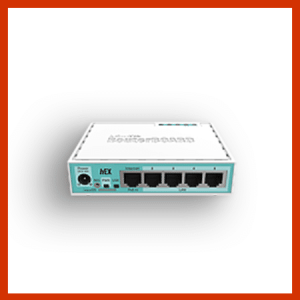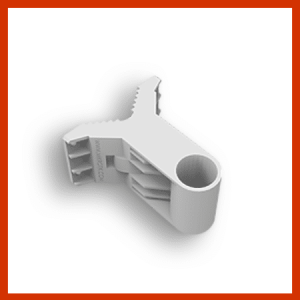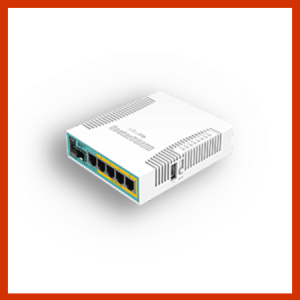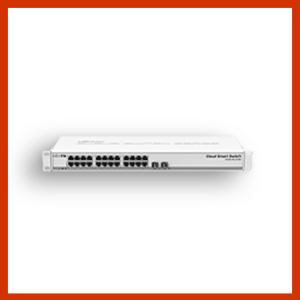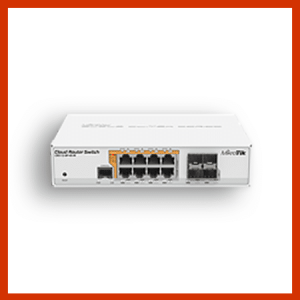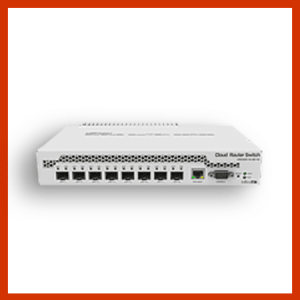Network switch
A network switch is an essential device in modern computer networks, designed to connect multiple devices—such as computers, printers, servers, and other equipment—within a local area network (LAN). Acting as a smart traffic controller, the switch efficiently routes data packets to their intended destinations using MAC (Media Access Control) addresses. Unlike traditional network hubs that broadcast data to all connected devices, a switch sends data only to the specific device that needs it. This targeted communication reduces network congestion, boosts speed, and enhances overall performance.

